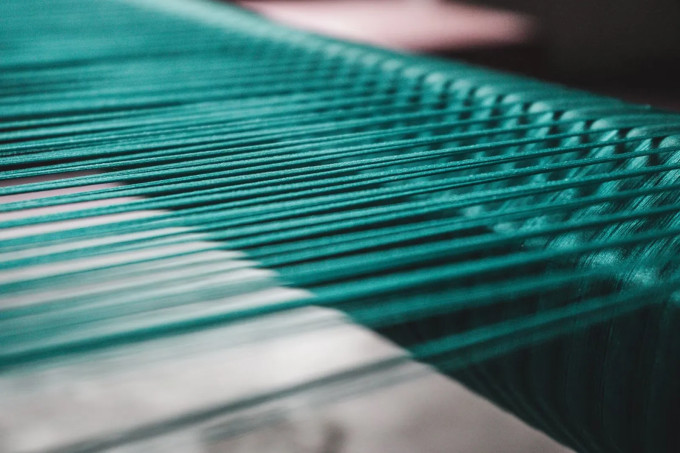Why is Bengal’s iconic taant sari so stiff?
Taant finds its origins in the Dhaniakhali and Phulia districts of West Bengal. Brought to life by the royal patronage of the Jamdani Dhakai, the humble taant has always been associated with the modest and sublime, compared to the extravagance of silks.
Taants are known for their printed and floral embroidery, large motifs of animals and birds, artistic and geometric prints, paisley dotted along the body with thick borders. Favoured by local and rural women owing to the comfort and convenience of wearing them in sultry weather, the taant is a popular choice for regular use.

The iconic sari is popular for its stiff fabric, a result of starching and special weaving techniques. Indianexpress.com learnt about the elaborate and unique process of crafting these saris from Tanushree Das, fashion designer and textile artist, Tanushree Creation Boutique.
“Dhaniakhali taant has two primary categories – taana and varna. Both made of pure cotton, taana threads are thicker and handwoven, while varna is mixed with synthetic threads and is far thinner,” Tanushree said.
“The pallu has a paddy reed stitched into it, three to four inches from the end. Dhaniakhali saris made using power looms may have a blend of synthetic threads. On the other hand, Phulia taant involves finer threads, and can be distinctively identified by the three borders marking the pallu,” the designer said.
 Every taant sari has its threads coloured before the weaving process starts. There is no large scale dyeing process that takes place. (Source: Unsplash)
Every taant sari has its threads coloured before the weaving process starts. There is no large scale dyeing process that takes place. (Source: Unsplash)
Starching process
Tanushree explained that the starching concoction includes sago and arrowroot, along with hints of shahtoot or mulberry extract, dried into a powder and added to the binding adhesive to kill insects and pests. Post starching, the fabric is placed inside a machine to be folded. She points out that Dhaniakhali taant can be identified by its wider pleats and folds and Phulia by thinner ones.
“The edges are first laid flat on a wooden frame and the design is set on it. After weaving the design on a Dhaniakhali, the counts are made. Every taant sari has its threads coloured before the weaving process starts. There is no large scale dyeing process that takes place,” Tansuhree told indianexpress.com.
According to her, it is this unique starching process that gives this garment its quintessential stiffness. Steam ironing the fabric can reduce the crisp pleats and soften the folds.
“Originally, taant was handwoven using pure homespun Bengal cotton. As and when technology advanced, the craft got replaced by power looms and began losing its exquisite original craftsmanship. Understandably, handloom taant is priced reasonably higher compared to machine-made ones,” she said.
Disclaimer: The copyright of this article belongs to the original author. Reposting this article is solely for the purpose of information dissemination and does not constitute any investment advice. If there is any infringement, please contact us immediately. We will make corrections or deletions as necessary. Thank you.
